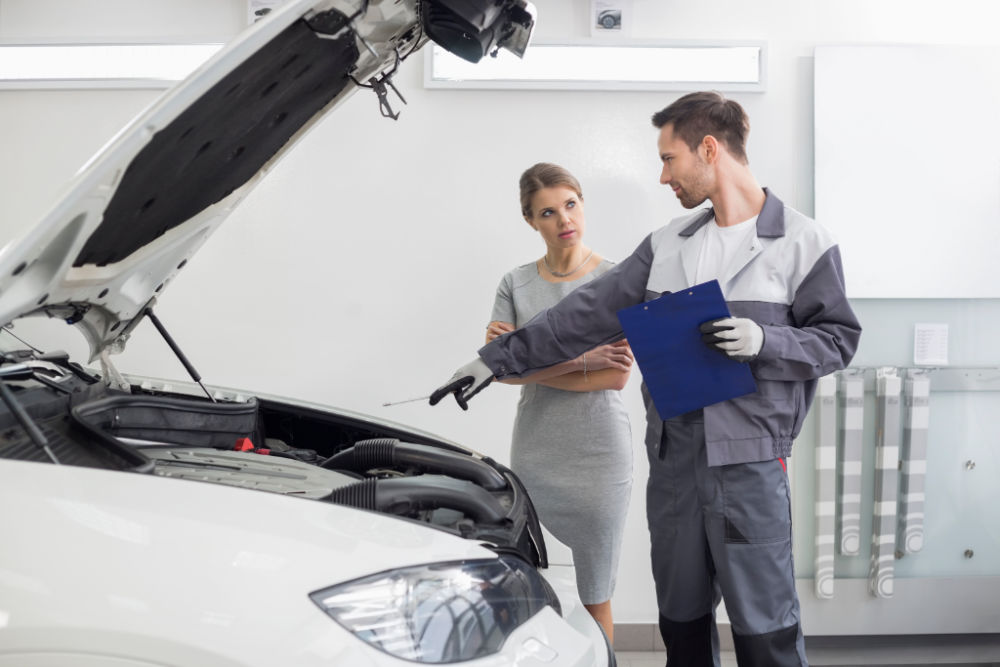
Burnaby Car Maintenance Tips that Keep You On The Road
If you own a car in Burnaby or anywhere else in the world, it is important to know the basic maintenance that you can give your vehicle. These basic car maintenance tips can help make things easier for you. However, it is still advisable to read the owner’s manual thoroughly.
Here are the two most basic Burnaby car maintenance prerequisites that are more helpful than you think.
- Conduct a regular car inspection to ensure the proper functioning of the different parts.
It is easy to perform the things in your car maintenance checklist. The car owner’s manual contains all the things that you need to know about your car, including the basic car maintenance that you need to perform. You will also learn about the appropriate time to do the inspections.
It is advisable to personally do the vehicle inspection whenever possible. This can help you a lot in assessing the different components and parts of your car, and it will be much easier for you to know what to do next. Once you become familiar with the various parts and components of your car, inspecting them again is a cinch. You are performing basic car maintenance when you personally do a certain action to keep the good performance of your car. Don’t hesitate to take it to your trusted car service provider right away whenever necessary.
You will notice that vehicle inspection becomes easy when you are familiar with the things that you need to check. You may be someone who thinks reading an owner’s manual is too bothersome, but it is necessary to do so. Your owner’s manual can provide you with a lot of information and idea about the things that you need to check. This way, when you notice something is amiss, you can call for a professional to confirm your suspicion or regard it as a normal occurrence. The mere fact that you spend time checking your car will significantly enhance your knowledge regarding its different components and parts.
- Study and learn the meaning of the various warning light indicators.
Today’s cars have sophisticated warning systems and sensors that alert you quickly when something is wrong. Even if you did your best in conducting meticulous inspections and maintenance, it is still possible to miss something. Learning the meaning of the different warning light indicators is also part of basic car maintenance. When you see a warning light flashing on your instrument panel, you should know what to do.
Here are some of the warning light indicators that you need to know:
- Oil Warning Light
This warning light indicator typically flashes when you have too low oil pressure in your engine. Don’t ever think of driving your car when this warning light is on if you don’t want your car engine to sustain severe or total damage. The oil warning light will flash if there’s an oil pump failure, low levels of oil, or blockage in the oil strainer or oil filter.
- Coolant Warning Light
When you see this flashing, it means you need to cool down your overheating engine. If you are driving when your coolant warning light suddenly flashed, you need to pull over to open your hood and let your engine cool down. During this time, the cooling system is highly pressurized and any attempt to open the radiator cap can cause severe burns caused by the hot coolant. Leave it closed until the engine has cooled down. This is good for the engine too.
- ABS (Anti-lock Braking System) Warning Light
The moment this light flashes, it’s best to drive your car to the nearest automotive shop to get checked thoroughly by a professional. The anti-lock braking system can help you keep your car in a stable position and still control it during sudden stop situations. Only special tools, which professionals use, can help determine the problem with the car.
- Brake Warning Light
Some of the reasons that can make this warning light flash include the need to top up the brake fluid levels, the parking brakes are engaged, and other things stated in your manual. It is advisable to consult your manual to make sure.
- Electrical Fault Light
If the electrical fault light remains lit after conducting a car self-test, it tells you that the electrical charging system of your vehicle has some problems. It must be assessed further and addressed immediately. Typically, the culprit is a faulty alternator.
- Service Engine Light
This warning light indicator reminds you that the scheduled maintenance is drawing near. It may come in different prints like “service engine”, “maint reqd”, or “service”. You can check your manual for the exact term that the indicator light is using.
- Check Engine Light
This warning light indicator commonly implies an issue in the different component of the motor that has sensors connected to and being monitored actively by an interface known as OBD-II. There are over 4,000 OBD-II codes around, and each has its own meaning. You may want to use an OBD2 scanner tool when this indicator lights up. You can also let the technician solve the issue.
Keep these car maintenance tips in mind and make your vehicle works for you for a long time.
